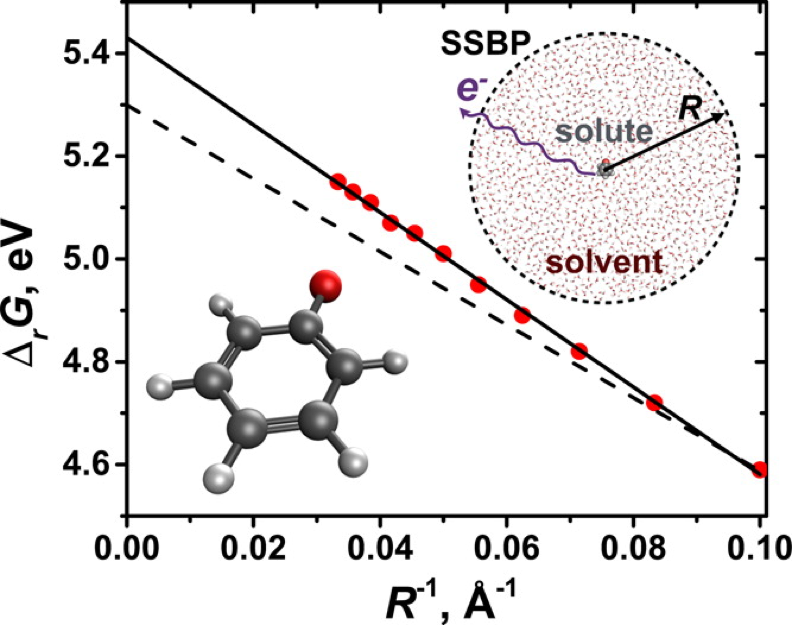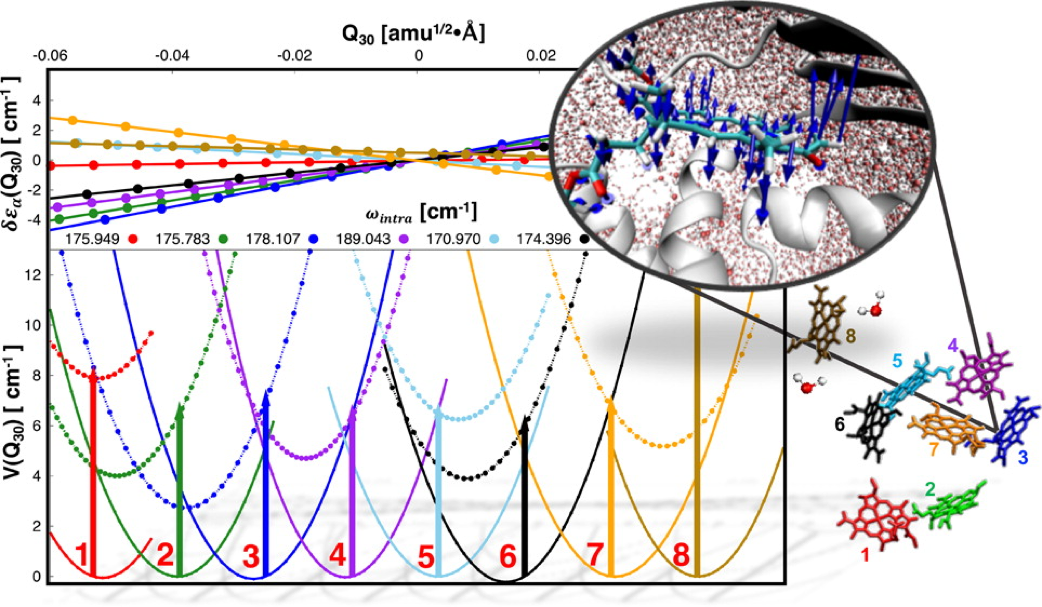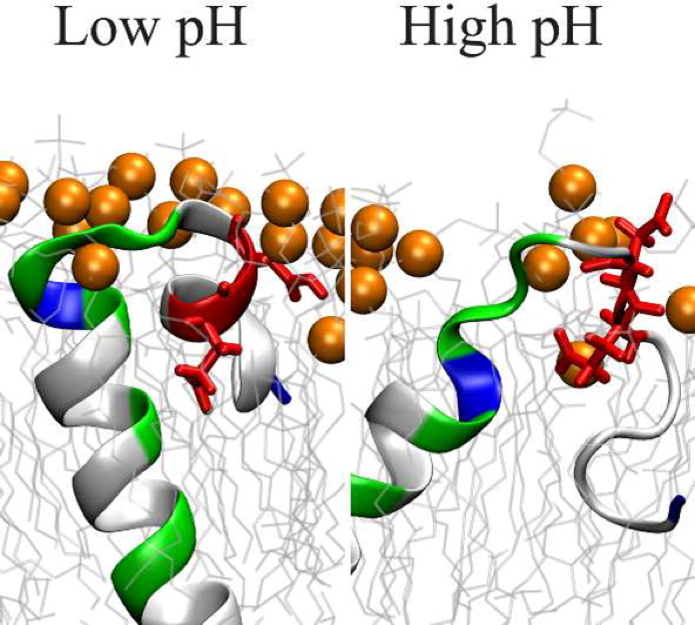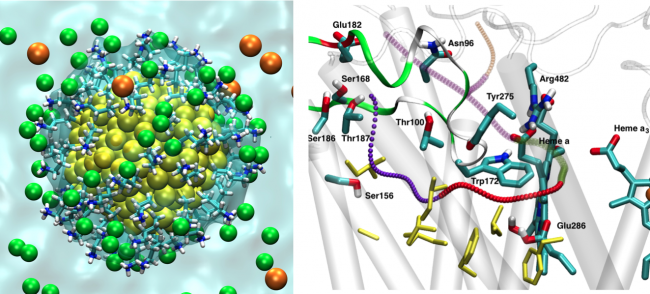Ksenia Bravaya: Electronic structure theory for excited and open-shell systems
- Ksenia Bravaya
- The research in Bravaya group encompasses theoretical chemistry studies of systems with challenging electronic structure. Our interests cover photoconversion in fluorescent proteins, photophysics of cryptochromes (possible mechanism of geomagnetic field perception by migratory birds), and systems relevant for molecular electronics, such as molecular junctions, molecular magnets, etc. To tackle such systems our group develops new quantum chemistry models and applies existing state-of-the art computational chemistry techniques. In particular, we develop methods aimed at (i) theoretical description of autoionizing states (their position and lifetimes); (ii) reduced-cost approaches for electronically excited, ionized, and electron-attached states; (iii) accurate and balanced treatment of spin-spin, spin-orbit and hyperfine interactions.
-

David Coker
- David Coker
- A fundamental goal of chemistry research is to understand how to control chemical reactions to most efficiently give desired products. The Coker Group uses and develops new theoretical and computational methods to explore how electronic and vibrational excitation of reactant molecules in different environments can influence the outcome of chemical reactions of these molecules. Because electronic and vibrational relaxation of excited reactants is fundamentally quantum mechanical in nature, the methods they use must accurately describe the transfer of energy between the classical environment and the quantal reactive system. Recent applications include modeling energy transport and charge separation in photosynthetic systems exploring processes for biomimetic solar cells and solar fuel systems, modeling enantioselective catalysis for photo excited synthesis reactions, and modeling nano material electronic structure.
-

John Straub: Computer simulation of protein association in a membrane environment
- John Straub
- Aggregation of the amyloid-β (Aβ) protein is believed to play a critical pathogenic role in Alzheimer’s Disease (AD). Our group is actively exploring the structure and function of the Amyloid Precursor Protein (APP) and its processing to form Aβ protein, critical to AD. Our specific goal is to understand how membrane composition influences APP structure in a way that impacts the production ofAβ protein and the evolution of AD. An REU student will be directly mentored by a senior graduate student in the Straub Laboratory in working to simulate APP protein structure in a membrane environment. The simulations will focus on how the composition of the membrane, in terms of lipid and cholesterol content, influence the structure of APP. State of the art computational algorithms and computing resources will be employed. The REU student will be involved in group meetings, departmental seminars, and discussions with experimental collaborators to develop a good knowledge of both practical and theoretical aspects of our studies.
-

Qiang Cui: Computational studies of the properties and functions of nanomaterials and biomolecules
- Qiang Cui
- Computational studies include energy transduction in biomolecules, membrane remodeling by proteins, peptide/protein assembly in crowded media and corona formation in nanoparticles. Depending on the questions of interest, computational methodology ranges from quantum mechanical to atomistic force fields to coarse-grained models. The REU student will have the opportunity to interact with not only graduate students/postdocs in the group, but also other research groups on/off the BU campus through collaborations, including experimental collaborators. For more details, please visit the Cui group website.
-




